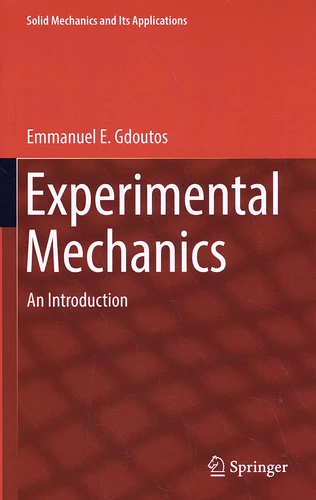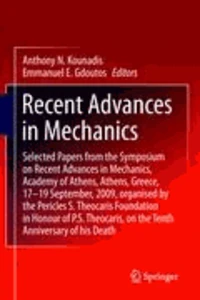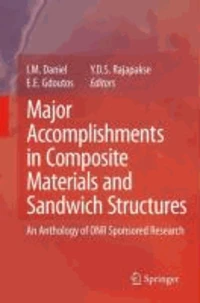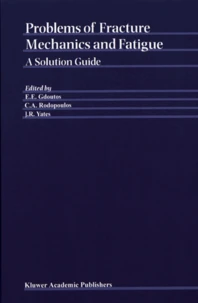Experimental Mechanics. An Introduction
Par :Formats :
- Paiement en ligne :
- Livraison à domicile ou en point Mondial Relay indisponible
- Retrait Click and Collect en magasin gratuit
- Nombre de pages311
- PrésentationRelié
- FormatGrand Format
- Poids0.67 kg
- Dimensions16,0 cm × 24,1 cm × 2,4 cm
- ISBN978-3-030-89465-8
- EAN9783030894658
- Date de parution16/11/2021
- CollectionSolid Mechanics and its Applic
- ÉditeurSpringer
Résumé
The book presents in a clear, simple, straightforward, novel and unified manner the most used methods of experimental mechanics of solids for the determination of displacements, strains and stresses. Emphasis is given on the principles of operation of the various methods, not in their applications to engineering problems. The book is divided into sixteen chapters which include strain gages, basic optics, geometric and interferometric moiré, optical methods (photoelasticity, interferometry, holography, caustics, speckle methods, digital image correlation), thermoelastic stress analysis, indentation, optical fibers, nondestructive testing, and residual stresses.
The book will be used not only as a learning tool, but as a basis on which the researcher, the engineer, the experimentalist, the student can develop their new own ideas to promote research in experimental mechanics of solids.
The book will be used not only as a learning tool, but as a basis on which the researcher, the engineer, the experimentalist, the student can develop their new own ideas to promote research in experimental mechanics of solids.
The book presents in a clear, simple, straightforward, novel and unified manner the most used methods of experimental mechanics of solids for the determination of displacements, strains and stresses. Emphasis is given on the principles of operation of the various methods, not in their applications to engineering problems. The book is divided into sixteen chapters which include strain gages, basic optics, geometric and interferometric moiré, optical methods (photoelasticity, interferometry, holography, caustics, speckle methods, digital image correlation), thermoelastic stress analysis, indentation, optical fibers, nondestructive testing, and residual stresses.
The book will be used not only as a learning tool, but as a basis on which the researcher, the engineer, the experimentalist, the student can develop their new own ideas to promote research in experimental mechanics of solids.
The book will be used not only as a learning tool, but as a basis on which the researcher, the engineer, the experimentalist, the student can develop their new own ideas to promote research in experimental mechanics of solids.





